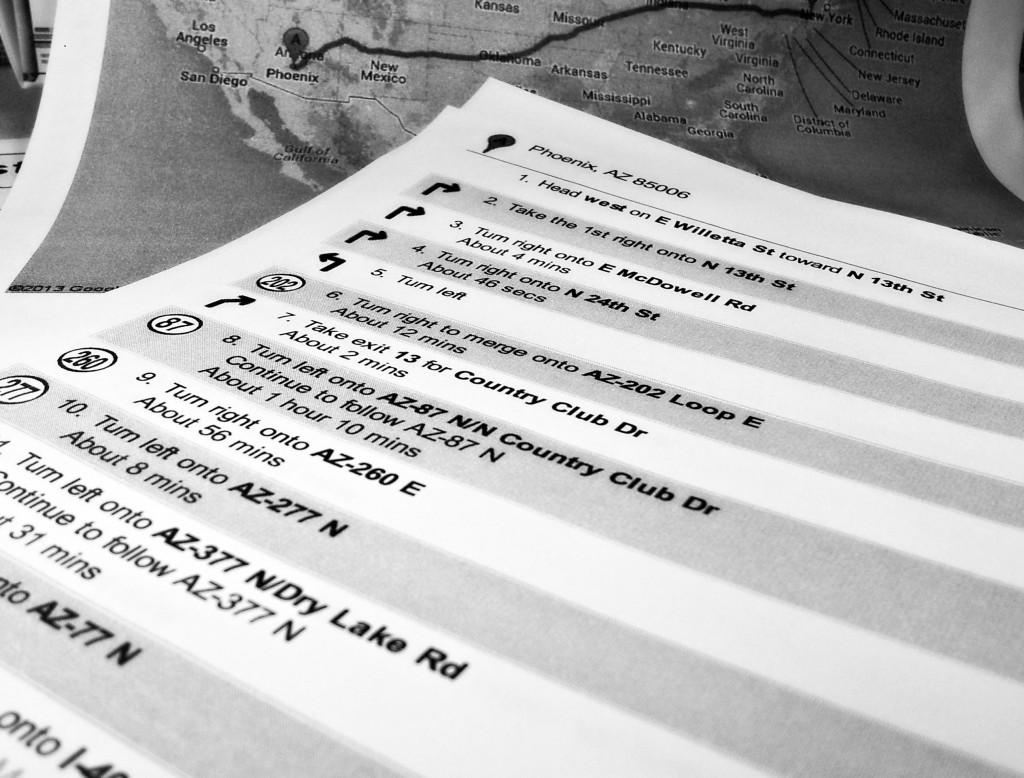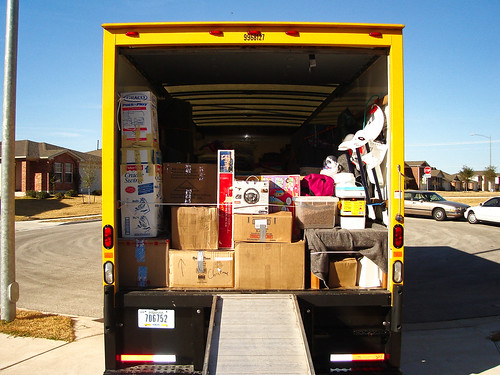It’s hard enough to motivate yourself to lift weights at the gym, but to actually lift your couch and carry it into a moving van? You can pretty much forget it. The prospect of moving is daunting. You might be able to handle the little things on your own, but here are ten things you’ll definitely need some help with.
1. Hot Tubs
Hot tubs aren’t usually self-contained. They come with a number of accessories, such as a heater, blower, pumps, electrical and plumbing units. Moving requires disconnecting all sources of gas and electricity to prevent potentially fatal accidents. It’s important to thoroughly clean the hot tub both before and after moving to eliminate all contaminants. Hot Tub Works offers excellent products for sanitizing and testing the safety and cleanliness of your hot tub. After cleaning, you’ll want to fully drain the hot tub, turn it on its side and hoist it onto a large furniture dolly for easier transporting.
2. Art
Even if you don’t have an original Picasso, art carries a lot of monetary and sentimental value. To move this fragile item, you’ll also want to carefully wrap the frame with cloth, bubble wrap or whatever soft material you can find. If there’s a glass cover, make sure to protect it with newspaper and cardboard to prevent cracks or breakage.
3. Pianos
Even if you haven’t tickled the ivories for years, you can’t simply get rid of that trusty (albeit rusty) piano. Even if you might not be able to move the piano by yourself, you can help protect it for movers who sometimes aren’t as gentle. Make sure to close and lock the keyboard lid first to ensure these fragile components remain free of damage. Now comes the fun part — wrap the piano with blankets, padding and any soft materials you can find around the house. Secure these dressings with rope or packing tape to protect against bumps or scratches.
4. TVs
Even though modern TVs are getting a lot thinner, they remain relatively large and heavy. Not to mention, that new crystal LCD monitor is just asking for a scratch. Ideally, you’ll want to package the TV inside the box it came in. If you don’t have the original box, contact a local electronics store to look for the model’s specific packaging material. Alternatively, you can wrap the TV in a blanket by detaching all cables and spreading the blanket neatly across the floor. Place the TV on top of the blanket, wrap it by pulling all blanket ends upward and taping them together for security.
5. Fish and Aquariums
Opting for a fish over a dog or cat seems like the easy way out as far as pet-owning goes, but when moving day comes you start to pay for all your everyday conveniences. Many fish won’t survive the sloshing and temperature fluctuations that occur naturally during the move. TLC recommends putting your fish in a holding container and draining the original tank, making sure to leave a little water at the bottom to maintain the same bacteria colony. You’ll also want to make sure to store your aquarium plants in a bag with some of the aquarium water, and store the filter in a chemical-free container.



